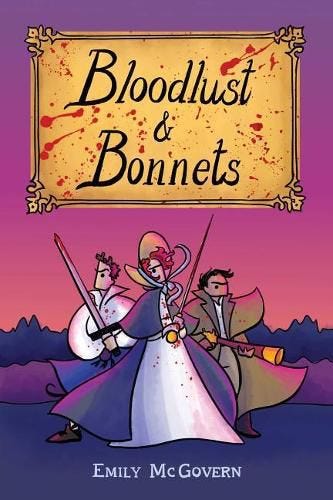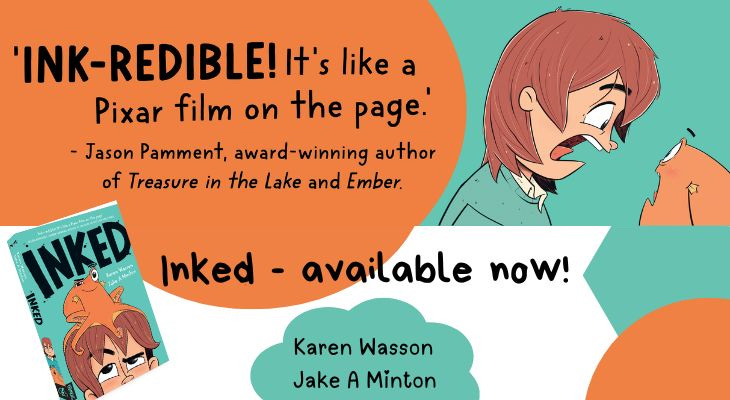Does a graphic novel author only write dialogue?
A question I have been asked surprisingly often...
I was genuinely surprised the first time someone asked me this question. I have now been asked it a number of times and not by chlidren.
In some ways, I can see how someone might come to that conclusion. The only text you see on the page is dialogue, sometimes exposition or thought bubbles.
However, once I explain that I write a graphic novel like I’m writing a script for a movie, that’s when things click.
A graphic novel, like any novel, needs a narrative, character development, a story arc. If you were just to write dialogue on a page for your manuscript, how would a publisher or an editor make sense of it? If you are an author, how would the illustrator know what was happening in the story if all they had was dialogue to work with?
As a graphic novel author, you need to set the scene. Explain clearly what is happening and where it is happening. The old adage of show don’t tell gets turned on its head in this case. A graphic novel author needs to tell so that the illustrator can show and there may not be any dialogue involved at all.
For example, in a novel, you probably wouldn’t write a scene like this; Fred pokes his head into the room and smiles mischievously. Fred then walks into the room, revealing that he’s wearing a shirt which matches the wallpaper on the wall.
As prose, this paragraph of text isn’t very interesting to read. But if you see a series of illustrations with a character first poking their head into a room, smiling and then revealing that they are wearing something that matches the wall, visually, this makes sense. It tells us something about the character of Fred and his environment. Not a speech bubble in sight.
So in answer to the question, does a graphic novel author only write dialogue? No, they don’t! An author – or an author / illustrator – of a graphic novel writes a novel, all be it in a different format, they construct a narrative story filled with characters who live in worlds and have wants and needs.
Want to know more about how I put together my graphic novel manuscripts? I’ll be presenting at the 2025 CYA writers and illustrators conference in July. Join me for a comprehensive introduction to the craft of writing graphic novels.

Link: For some great graphic novel suggestions for readers of all ages, ALIA Graphic has recently announced their 2024 notables. I highly recommend taking a look at the longlist too. You’ll have a healthy pile of graphic novels to get through!
“The ALIA Graphic Notables List for 2024 is divided into three categories: Junior, Young Adult, and Adult; with each category recognising those works that had an extra something that wowed the judges and made them stand out amongst all the high quality works of the longlist.” - ALIA Graphic
Read: As with the last read I recommended, Ballad for Sophie, this read is also not for children. Although it is suitable for a YA audience.
Bloodlust & Bonnets comes from the creator of the hit webcomic My Life As a Background Slytherin, Emily McGovern.
Set in early nineteenth-century Britain, the story follows Lucy, a debutante who desires a life of passion and intrigue—qualities which earn her the attention of the leader of a local vampire cult.
But before Lucy can embark on her new life of vampiric debauchery, she finds herself unexpectedly thrown together with the flamboyant poet Lord Byron (“from books!”) and a mysterious bounty-hunter named Sham. The unlikely trio lie, flirt, fight, and manipulate each other as they make their way across Britain. There’s even a sentient castle thrown in for good measure!
Until next time, grab a graphic novel,
Karen
Have a question about graphic novels? Have a graphic novel you love and would like to share? Drop me a line, I’d love to hear from you.
— Please note, book links are affiliate links —
Buy Inked, a middle grade graphic novel by Karen Wasson and Jake A Minton




Have never attempted to write a GN but would you say it's similar to scriptwriting, with dialogue plus directions?